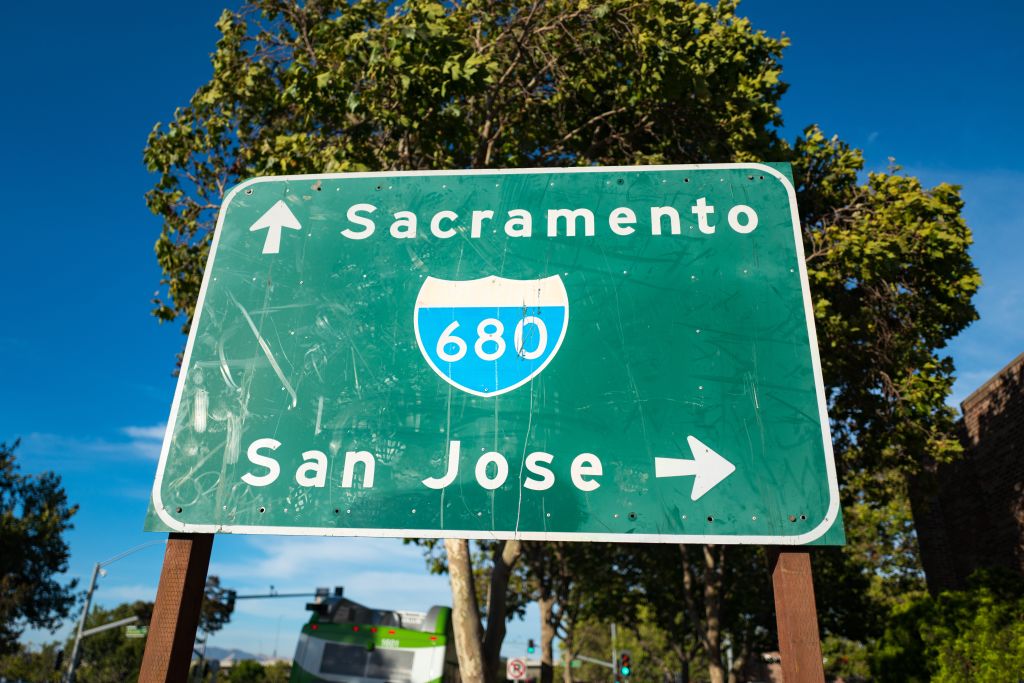A U.S. pipeline safety agency engineer testified Tuesday that the agency's website offers specific instructions about what utilities should do to inspect pipes following pressure surges, something prosecutors say the utility failed to mind so as to maximize profits.
The federal Pipeline and Hazardous Materials Safety Administration website offers guidance on overpressurization events on gas pipelines, said Steve Nanney, who left private industry to become a regulator.
Nanney told the jury who will decide the 13-count case against the utility for pipeline safety and obstruction charges that a section of the Frequently Asked Questions part of the web page was clear: Any pressure increase above specified historic levels triggered inspections for damage such a surge might inflict.
"Everyone can see the answer to that?" federal prosecutor Jeff Schenk asked Nanney on the stand.
"Yes," Nanney replied.
Prosecutors contend the company ignored pressure overages, preferring to inspect its lines with a method capable of finding only rust, not cracking or other damage that could be caused when pressure surged above normal levels. The company deliberately took the wrong path, violating pipeline safety laws, they say.
Defense attorney Steve Bauer pointed out that the regulatory scheme allowed engineers to use their judgment on other matters, something Nanney agreed on. He then asked Nanney if the instructions in the Frequently Asked Questions advice amounted to "your agencies viewpoint on the law?"
Local
"Correct," Nanney replied.
Before Nanney took the stand, Judge Thelton Henderson issued instructions to the jury he said were intended to correct the law. PG&E's lawyer said the company had to destroy records to violate the law, but Henderson told the panel that statement was not true.
Testimony continues Wednesday.



